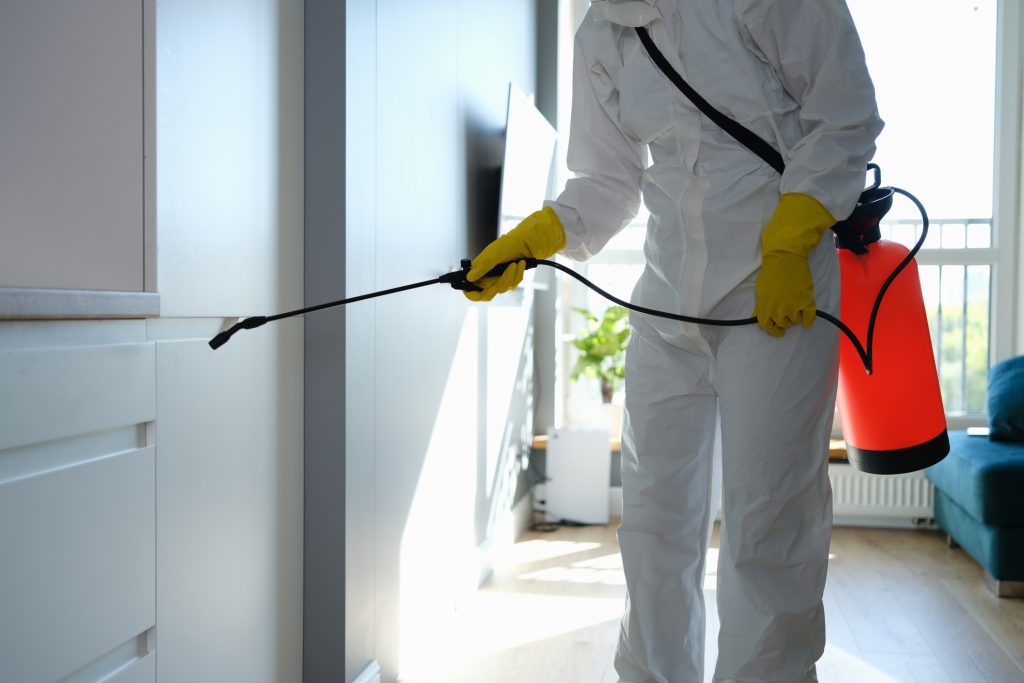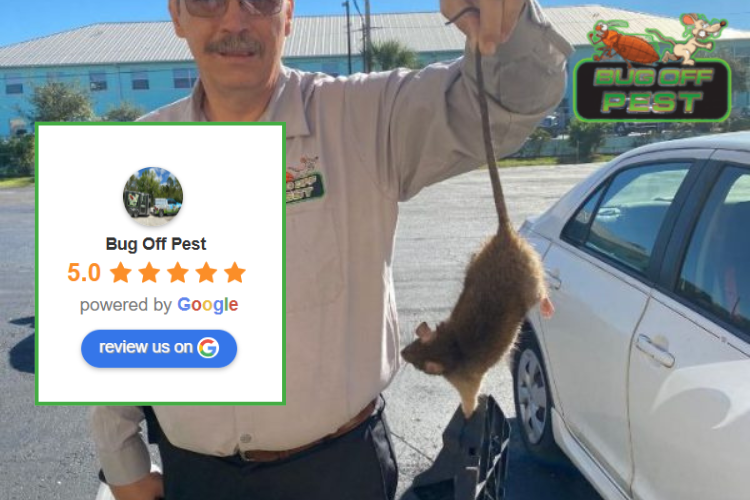Discovering Cutting-edge Techniques and Products for Effective Parasite Control
The landscape of parasite control is advancing, marked by the introduction of innovative strategies and items made to enhance performance and sustainability. From wise catches geared up with sophisticated tracking systems to biological approaches that utilize natural predators, these improvements present a paradigm change in exactly how we come close to pest management. Moreover, green chemical options and pheromone disruption methods use targeted services that line up with environmental stewardship. As the industry faces these advancements, a closer exam reveals not just their effects however also the possible difficulties that may occur in their application.
Smart Traps and Monitoring Solutions
Exactly how can modern-day technology improve pest monitoring? One substantial development is the advancement of wise traps and checking systems, which give real-time data and analytics for effective bug control. These systems utilize sensing units and wireless technology to find parasite activity, alerting building managers and insect control professionals to problems prior to they intensify.
Smart traps are equipped with functions such as bait terminals that draw in bugs and catch them effectively. These catches can be kept track of remotely, enabling prompt treatments and decreasing the requirement for considerable chemical applications. The combination of equipment understanding algorithms allows these systems to distinguish between target insects and non-target types, improving the precision of pest control procedures.
Furthermore, the data accumulated from clever catches can be assessed to identify patterns in pest actions and environmental aspects adding to infestations (Pest Control in Port Charlotte). This information is important for establishing targeted pest management methods tailored to details settings. By welcoming smart traps and checking systems, insect control experts can enhance their functional effectiveness and lower the ecological influence of parasite administration, eventually leading to safer and much more lasting practices in the market
Biological Insect Control Methods
Making use of all-natural predators and parasites, organic insect control techniques offer an environmentally friendly option to chemical therapies. This method includes the intro or improvement of particular microorganisms that can normally control parasite populations, thus lowering dependence on artificial chemicals. Usual examples include making use of ladybugs to regulate aphid invasions and parasitical wasps to target caterpillars.

Organic control can be classified into 3 primary methods: classic, augmentative, and preservation. Classic organic control entails importing all-natural enemies from the bug's native habitat, while augmentative control involves boosting the population of existing natural opponents with releases. Conservation strategies focus on producing problems that sustain these valuable organisms in the ecosystem.
It often needs a comprehensive assessment of parasite dynamics and the life cycles of both the bugs and their all-natural enemies. As awareness of environmental problems expands, biological insect control methods are increasingly recognized for their sustainable duty in incorporated pest monitoring programs.
Eco-Friendly Chemical Alternatives
Environment-friendly chemical choices supply a viable you can look here remedy for parasite management that minimizes environmental effect while properly controlling index insect populations. These choices are acquired from all-natural resources and are carefully formulated to target particular insects without hurting valuable microorganisms, making them an important element of lasting parasite control techniques.
Amongst the most efficient environment-friendly alternatives are plant-based pesticides, such as neem oil and pyrethrin, which are originated from the seeds and blossoms of different plants. These materials interfere with the life cycles of parasites, lowering their populaces without the hazardous effects connected with traditional pesticides - Pest Control in Port Charlotte. Additionally, important oils like pepper mint and clove oil display repellent properties, better boosting their utility in pest monitoring

In addition, green chemical alternatives often damage down faster in the setting, lowering the danger of soil and water contamination. This characteristic aligns with the raising customer demand for sustainable techniques in agriculture and metropolitan pest control. As study proceeds to advancement, the development of innovative environmentally friendly solutions will certainly additionally boost effectiveness and widen application locations, allowing pest monitoring professionals to embrace greener, extra accountable methods in their techniques while guarding human health and wellness and the atmosphere.
Pheromone Disruption Methods
An additional cutting-edge approach in lasting pest monitoring is using scent disturbance methods. These approaches manipulate the natural chemical signals, or scents, that bugs utilize for communication, especially in breeding behaviors. By my sources disrupting these signals, pest populaces can be successfully handled without resorting to harmful chemicals.
Pheromone traps are commonly used in this strategy. These traps make use of synthetic variations of insect scents to tempt male insects, consequently minimizing their capability to locate ladies and reproduce. Gradually, this can bring about a considerable decrease in bug populations. Additionally, the launch of repellent pheromones can produce confusion among insects, additionally inhibiting their breeding processes - Pest Control in Port Charlotte.

Integrated Bug Monitoring Approaches
Efficient parasite control typically requires a comprehensive strategy, and Integrated Parasite Management (IPM) approaches supply a framework for accomplishing this objective. IPM incorporates different monitoring methods to lessen insect populations while lowering reliance on chemical pesticides. This diverse method begins with extensive monitoring and identification of pests, permitting targeted treatments based on specific parasite stress.
Cultural practices, such as crop rotation and hygiene, play an important role in preventing bug facility. Organic controls, including all-natural predators and parasitoids, are employed to keep pest populations at manageable levels. When essential, selective chemical therapies are used, stressing lower poisoning to non-target varieties and the environment.
Additionally, education and learning and outreach are integral parts of IPM, advertising recognition amongst stakeholders regarding lasting practices and pest life cycles. The flexibility of IPM permits practitioners to respond efficiently to altering parasite characteristics and ecological problems. By using this all natural strategy, IPM not just enhances bug control performance yet additionally adds to long-lasting eco-friendly equilibrium. Eventually, Integrated Insect Monitoring represents a forward-thinking option that lines up agricultural efficiency with environmental stewardship, making it crucial in contemporary insect control approaches.

Final Thought
In final thought, the assimilation of ingenious techniques and items for efficient pest control stands for a considerable advancement in lasting pest monitoring. Smart catches and monitoring systems, biological pest control methods, green chemical options, and scent disturbance techniques jointly enhance the effectiveness of parasite administration strategies.
Comments on “Pest Control in Port Charlotte treatments for household and commercial properties.”